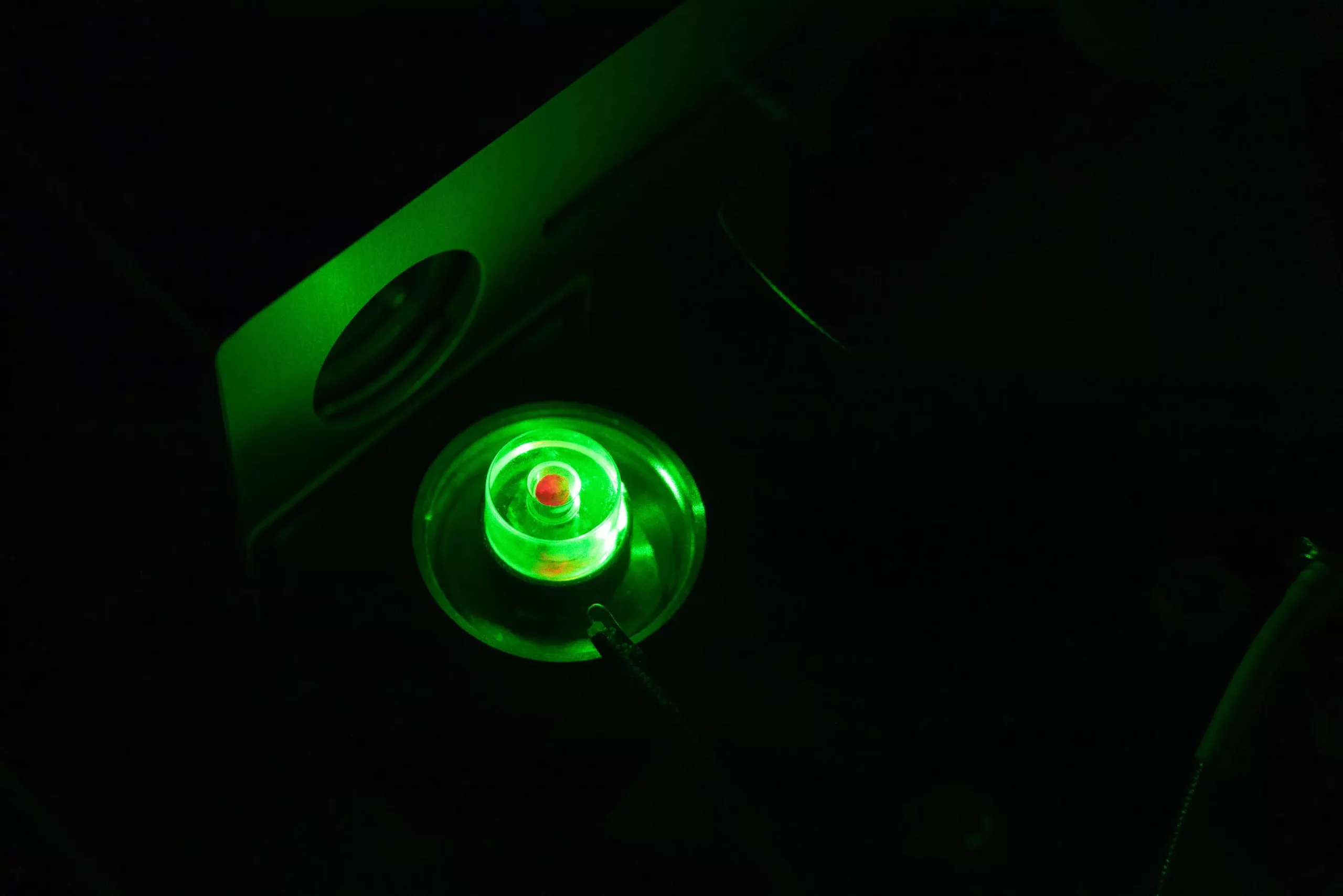In a groundbreaking development, researchers at Imperial College London’s Department of Materials have achieved a monumental feat in the realm of maser technology. The traditional image of masers as large, bulky, and stationary equipment that are only found in research laboratories has been shattered with the creation of a new portable maser that can fit into the size of a shoebox. This innovative invention opens up a world of possibilities for the telecommunications industry, quantum computing, medical imaging, and beyond.
The ability of masers to amplify extremely faint electrical signals and demonstrate high-frequency stability makes them indispensable in various applications. Unlike lasers, masers can transmit microwave signals that have the unique ability to pass through the Earth’s atmosphere with ease. Moreover, microwaves can penetrate through the human body, making them invaluable for medical imaging techniques such as MRI machines. The advent of portable masers not only enhances the efficiency of existing systems but also paves the way for new innovations in technology.
Challenges and Innovations
One of the key challenges faced by the research team was miniaturizing the pump source for the maser. While previous masers required cooling and a vacuum setup, the new portable maser eliminates these prerequisites, making it lightweight and compact. The pentacene gain material, a chain of five benzene rings that forms the core of the shoebox maser, operates at room temperature without the need for additional cooling. By significantly reducing the size and weight of the maser, the researchers have made a significant breakthrough in the field of maser technology.
The Role of Organic Crystals
The pentacene molecules in the shoebox maser are pumped using pulses of visible light, which excite them to amplify microwave signals. The energy of these pulses is dependent on the material properties of the organic crystal in which the pentacene molecules are embedded. By optimizing the organic crystal and reducing the energy required for pumping, the researchers were able to create a compact pulsed laser that powers the maser efficiently. This innovation opens up new possibilities for further miniaturization and enhanced performance of portable masers in the future.
While the shoebox maser represents a significant advancement in portable maser technology, the research team is already looking ahead to the next phase of development. By exploring the use of diamond masers, which can operate continuously at room temperature, researchers hope to create even smaller and more versatile maser devices. The continuous operation of diamond masers could lead to a wider range of applications and further advancements in the field of maser technology. The goal is to continue to push the boundaries of miniaturization and portability while maintaining high performance and efficiency in maser devices.
The development of portable masers opens up a world of possibilities for research, telecommunications, quantum computing, and medical imaging. The innovative design of the shoebox maser represents a significant leap forward in maser technology, paving the way for future advancements in the field. With continued research and innovation, portable masers have the potential to revolutionize the way we use and benefit from microwave technology in the years to come.


Leave a Reply